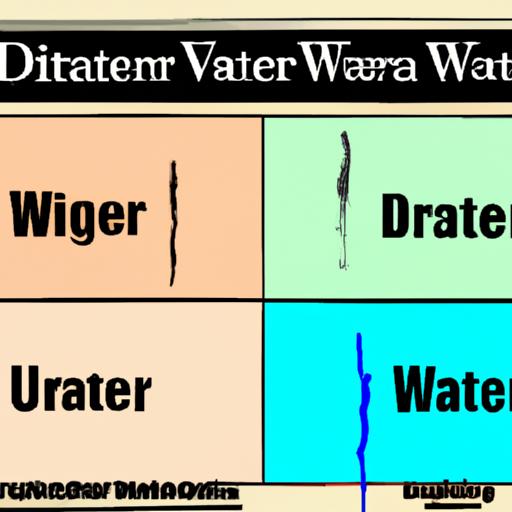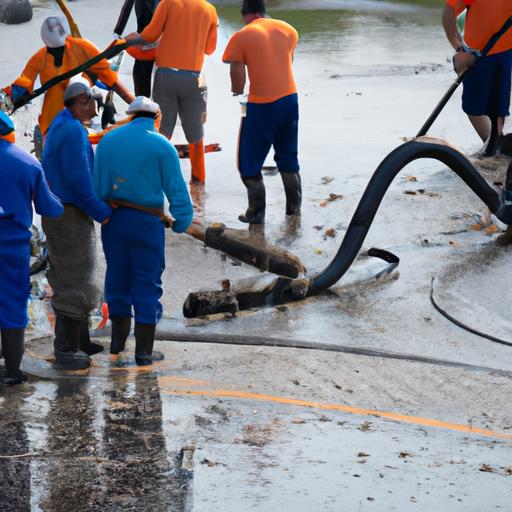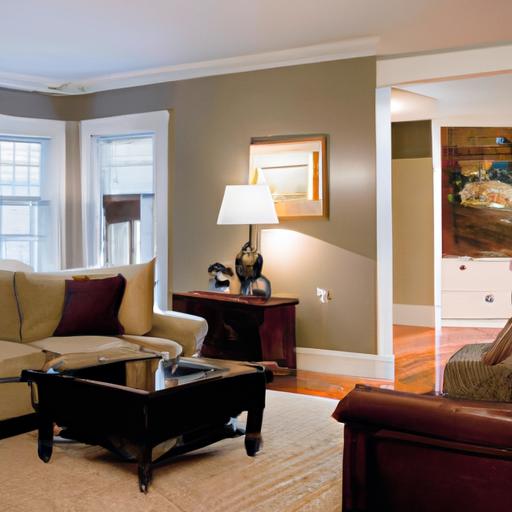Water damage can be a homeowner’s worst nightmare, causing significant headaches and financial strain. Whether it’s a burst pipe, a leaking roof, or a flooded basement, addressing water damage promptly is crucial to prevent further destruction and costly repairs. In this article, we will explore the factors that influence the cost of fixing water damage and provide insights into the average expenses involved.

Understanding the Extent of Water Damage
Before diving into the costs, it’s essential to understand the different categories and classes of water damage. Classifying water damage helps determine the severity and necessary actions for restoration. Water damage is categorized into three classes:
-
Category 1: Clean Water – This category refers to water damage caused by a clean water source such as a broken water supply line or faucet. It poses the least health risk.
-
Category 2: Gray Water – Gray water contains a significant degree of contaminants and can arise from sources like dishwashers or washing machines. It may cause discomfort or illness if ingested.
-
Category 3: Black Water – The most severe category, black water, is highly contaminated and may come from sewage backups, flooding, or stagnant water. It poses serious health risks and requires immediate professional intervention.
Additionally, water damage is classified into four classes based on the level of destruction and evaporation rate:
-
Class 1 – Minimal water damage, affecting only a small area or part of a room.
-
Class 2 – Significant water damage, spreading to larger areas and potentially affecting multiple rooms.
-
Class 3 – Extensive water damage where ceilings, walls, and floors are saturated.
-
Class 4 – Severe damage requiring specialized drying techniques due to the high evaporation rate, affecting materials like hardwood or concrete.
The classification of water damage plays a vital role in determining the cost of repairs, as higher classes often require more extensive restoration efforts.

Factors Influencing the Cost of Water Damage Repairs
Several factors contribute to the overall cost of fixing water damage. It’s important to consider these factors before estimating the expenses involved:
1. Size and Scope of the Affected Area
The size and scope of the water damage are significant factors influencing the cost. A small, localized area may require minimal restoration efforts, while extensive damage affecting multiple rooms or an entire property will naturally increase the expenses. Restoration professionals assess the affected area to provide accurate cost estimates.
2. Type of Water Involved
The category of water involved in the damage also affects the cost of repairs. Clean water (Category 1) is relatively easier and less costly to remediate compared to gray water (Category 2) or black water (Category 3), which require more specialized cleaning and sanitization procedures.
3. Source of the Water Damage
Identifying the source of water damage is crucial as it helps determine the extent of the problem and the necessary repairs. Water damage caused by a burst pipe or a leaking roof might require specific repairs, while water damage resulting from sewage backups or natural disasters may involve more complex restoration processes.
4. Level of Structural Damage
Water damage can compromise the structural integrity of a building, leading to additional repair costs. Structural damage may include weakened foundations, damaged walls, or sagging ceilings. Addressing such issues requires professional expertise and can significantly impact the overall cost of repairs.
5. Required Restoration Services
The specific restoration services needed to fix the water damage will also contribute to the total cost. These services can include water extraction, drying and dehumidification, mold remediation, sanitization, and the replacement of damaged materials or belongings. The complexity and extent of these services will vary depending on the severity of the water damage.

Assessing the Costs Involved in Water Damage Restoration
To estimate the costs of water damage restoration accurately, it’s essential to consider the various components that contribute to the total expenses. Here are the key aspects to consider:
1. Water Extraction and Drying
The first step in the restoration process involves removing excess water and drying the affected area. The cost of water extraction and drying equipment, such as pumps, dehumidifiers, and air movers, is typically factored into the overall restoration expenses. The duration of the drying process and the amount of equipment required will depend on the size and severity of the water damage.
2. Damage Assessment and Repair
After extracting the water, professionals assess the damage to determine the necessary repairs. This may include repairing or replacing damaged drywall, flooring, insulation, electrical systems, or plumbing. The cost of materials and labor involved in these repairs will vary depending on the extent of the damage and the specific requirements of the property.
3. Mold Remediation, If Necessary
Water damage can create a breeding ground for mold growth, which poses health risks and requires immediate attention. If mold is detected during the restoration process, additional costs may be incurred for proper mold remediation. These costs involve specialized cleaning, containment, and disposal of affected materials.
4. Replacing Damaged Materials and Belongings
In severe cases, water damage may result in the replacement of damaged materials and belongings. This can include furniture, carpets, appliances, or personal items that cannot be salvaged. The cost of replacing these items adds to the overall expenses of water damage restoration.
FAQ: Frequently Asked Questions
Q: Are water damage repairs covered by insurance?
A: It depends on your insurance policy. Some homeowner’s insurance policies cover water damage caused by sudden and accidental incidents, such as burst pipes. However, coverage may vary, so it’s important to review your policy and consult with your insurance provider to understand the extent of coverage and any limitations.
Q: Can I estimate the cost of repairs on my own?
A: While it’s possible to make rough cost estimates, it’s best to consult with a professional restoration company. They have the expertise to assess the damage accurately and provide a detailed cost breakdown based on the specific circumstances of your situation.
Q: Are there any hidden costs associated with water damage restoration?
A: Hidden costs can arise if there are underlying issues or secondary damage discovered during the restoration process. For example, if water damage reveals pre-existing structural issues, addressing them may result in additional expenses. However, reputable restoration companies strive to provide transparent cost estimates and keep you informed about any unforeseen complications that may arise.
Conclusion
Water damage can be a costly and stressful issue to deal with as a homeowner. The cost of fixing water damage depends on various factors such as the size of the affected area, the type of water involved, the source of the damage, the level of structural damage, and the required restoration services. By understanding these factors and consulting with professionals, you can accurately estimate the costs involved in water damage restoration. Remember, prompt action is crucial to minimize further damage and expenses. If you’re facing water damage, don’t hesitate to reach out to a trusted restoration company to assess the situation and guide you through the restoration process.
